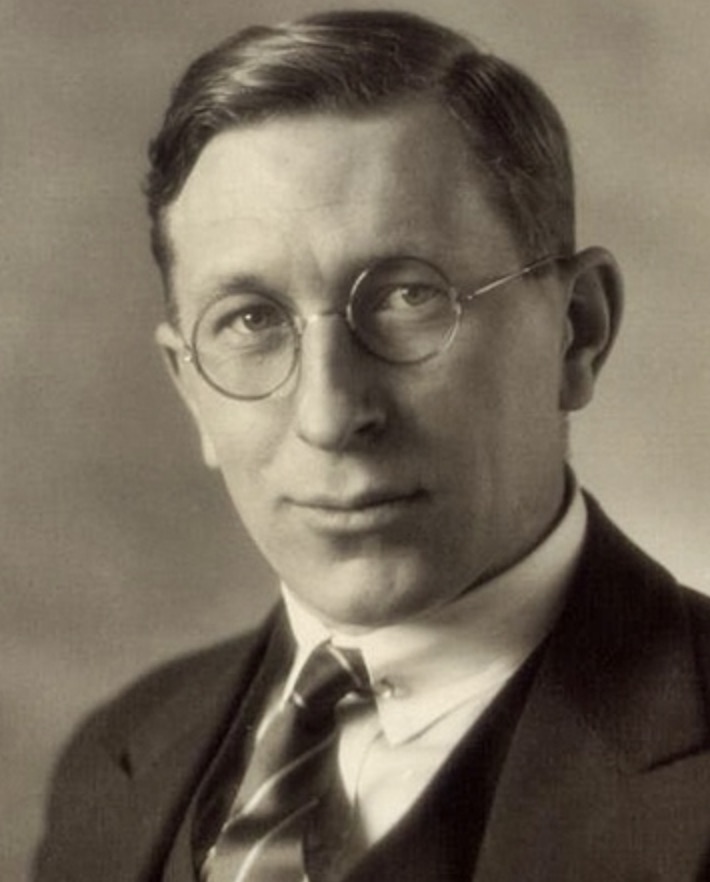
Frederick Banting was born on November 14, 1891, in a farmhouse near Alliston, Ontario, Canada. He attended public elementary and secondary schools In Alliston. His sensitive nature made him cry often as a youngster, leading to early feelings of isolation. Reflecting on those early years, he said, “I had been taught that if I cried, to be quiet about it, so whereas I never howled, the least thing made me cry both at school and at home. Crying tends to separate a child from other children, for even children dislike a cry baby, and I had no friends in the world.”
In 1910, enrolled in General Arts at Victoria College, University of Toronto. In spite of failing his freshman year, he was accepted into the medical program in 1912. Banting faced financial challenges during his education, but persevered and eventually graduated with a medical degree in 1916. The day after graduation, Banting joined the Canadian Army Medical Corps to provide medical services during World War I. When he was wounded at the Battle of Cambrai in 1918, he postponed treatment of his own injuries and, while under heavy enemy fire, continued to provide medical help to other injured soldiers . For this, he was awarded, in 1919, the Military Cross for his bravery.
After the war, Banting returned to Toronto where he completed his training in surgery. From 1919 and into 1920, he served as Resident Surgeon at the Hospital for Sick Children. Unable to secure a permanent position on the hospital staff, Banting moved, in July, 1920, to London, Ontario where he set up a medical practice and secured part-time employment at the University of Western Ontario, teaching orthopedic medicine and anthropology. In preparation for a talk he was to deliver on November 1, 1920, Frederick Banting dug into the current research on the pancreas and its connection to diabetes–a disease characterized by the inability of the body to regulate blood sugar levels. In May 1921, he returned to the University of Toronto where he lectured in pharmacology. Banting finally graduated in 1922 with his M.D. degree, winning the gold medal for highest academic achievement.
It was in 1921, that Banting conceived the idea of extracting insulin from the pancreas as a potential treatment for diabetes. With the help of his assistant, Charles Best, and the laboratory of Professor J.J.R. Macleod at the University of Toronto, Banting conducted experiments that led to the successful isolation of insulin.
In 1923, Banting and Macleod were awarded the Nobel Prize in Physiology or Medicine for the discovery of insulin. Frederick Banting shared his prize money with Best, a gesture that demonstrated his commitment to collaboration and teamwork. MacLeod also shared half of his prize money with their other research colleague, James Collip. Despite the success of the insulin discovery, Banting faced controversies over the commercialization of insulin, particularly in regards to patent rights. Consequently, he sold the rights to the University of Toronto for just $1, believing that insulin was too important to be restricted by patents.
Banting continued his medical career, focusing on aviation medicine during World War II. In 1934, he was knighted by King George V and became Sir Frederick Banting. Tragically, he died in a plane crash on February 21, 1941, while serving as a scientific advisor to the Royal Air Force. His contributions to medicine, especially the discovery of insulin, have left an enduring legacy, and he is remembered as a champion in the fight against diabetes.
